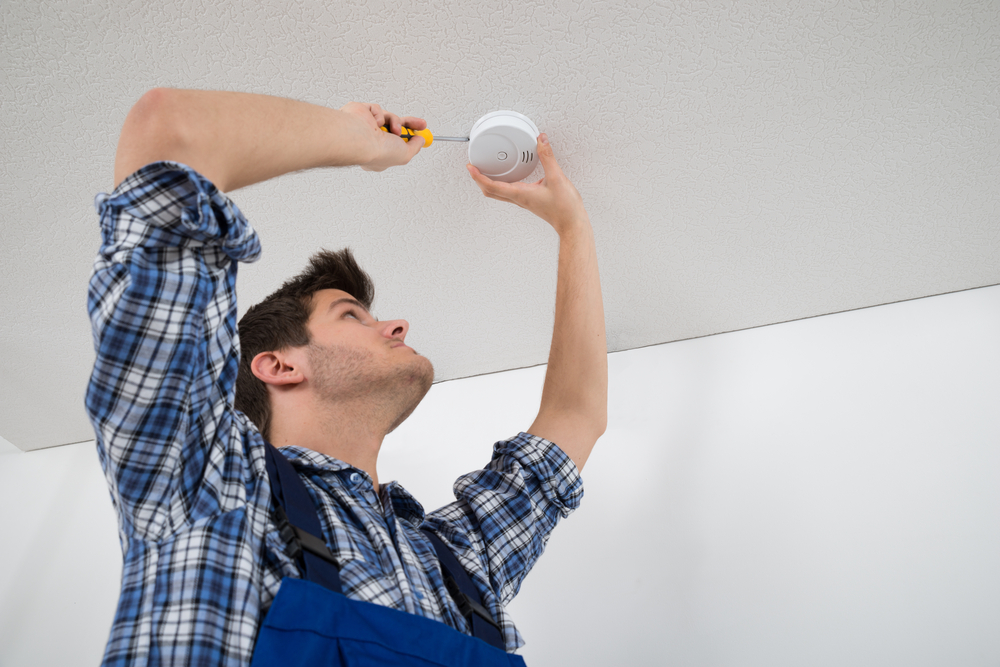Correct Carbon Monoxide Detector Placement
According to a CDC report that examined statistics for a five-year period, an average of 449 people per year die from non-fire related carbon monoxide poisoning. That number isn’t uniformly spread out; death rates spike from December through February, largely as the result of problems with home heating. Carbon monoxide detection systems from a home security company like Vigilante Security save lives, but the kind of protection you have — and where it’s installed — can make a big difference.
Where Not to Install Carbon Monoxide Detectors
Let’s start with a few places that carbon monoxide detectors shouldn’t go. To avoid false positives, carbon monoxide detectors shouldn’t be exposed to direct sunlight. They shouldn’t be placed in areas with high humidity (like your bathroom), or near anything that burns fuel (a gas stove, hot water heater, or clothes dryer, for example). However, you also don’t want false negatives, so don’t put your detector near an open window, HVAC vent, or fan.
Best Places to Install Carbon Monoxide Detectors
Now that you know where not to place a CO detector, where do you place a carbon monoxide detector in your home?
- Every floor of your home — from basement to attic — should have at least one CO detector.
- Each detector should be about five feet from the floor; with that said, manufacturer guidelines can vary, so be sure to follow the installation instructions.
- Each bedroom should have a carbon monoxide detector close by. CO leaks don’t always happen when we’re awake to hear the alarm, so it’s important that the placement and volume are enough to rouse you from a sound sleep.
- If you have an attached garage, you should have a CO detector nearby. It’s easy to start the car to warm it up, or pull into the garage at the end of a long day, get distracted, and leave the car running; that can have disastrous consequences.
Additional Safety Tips
Besides proper carbon monoxide sensor placement, there are a few things that can keep you safer in the winter (and year-round). Don’t use your stove or oven to heat your home. Maintain your HVAC system, since home heating is a prime cause of carbon monoxide leaks. If you’re using a fireplace, be sure that the flue is clean and that you have sufficient ventilation. Change backup batteries and follow maintenance or replacement schedules. And, finally, never ignore your CO detector; if it sounds, get out.
MI Carbon Monoxide Detector Installations
We’ll say it once more for emphasis: carbon monoxide detectors save lives. If your home has carbon monoxide detectors installed — either a central system, or detectors you’ve purchased at the local home improvement store — take time to ensure they’re in good working order, and that they’re placed correctly. If you don’t have a detection system, or if you suspect yours could use improvement — such as combining carbon monoxide detection with smoke and fire detection, or advanced environmental controls (not to mention the peace of mind that comes with 24/7 monitoring) — get in touch with Vigilante Security from anywhere in Hillsdale, Ingham, Lapeer, and Macomb Counties.

